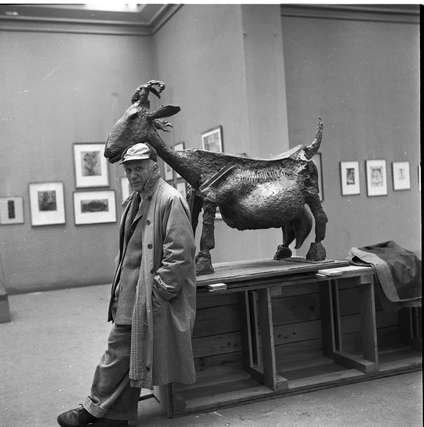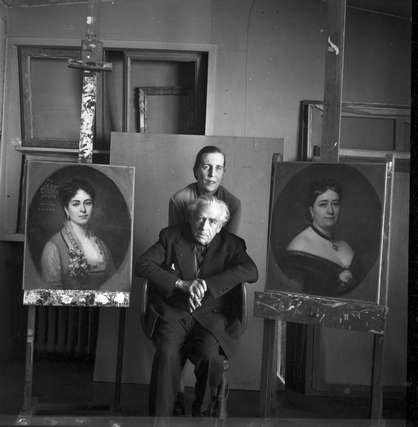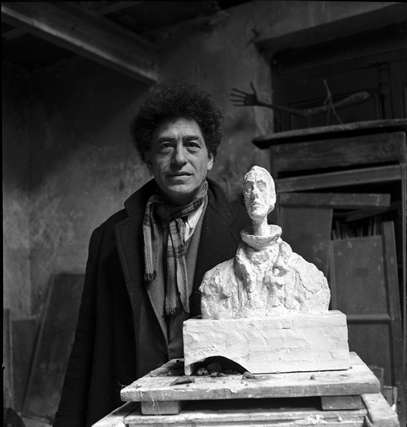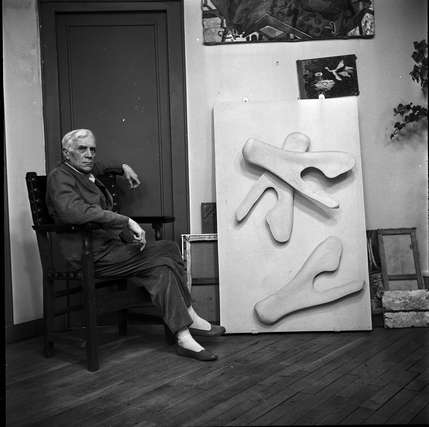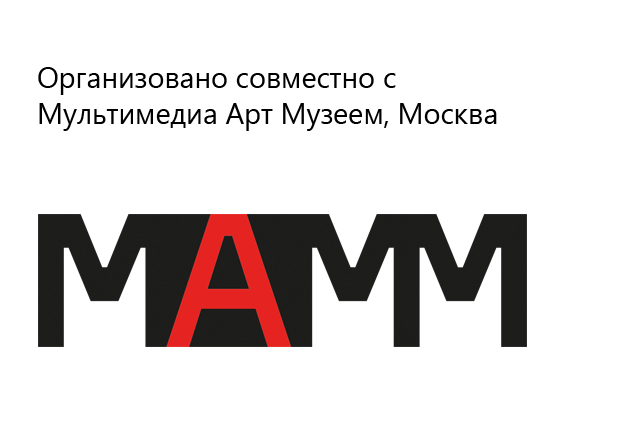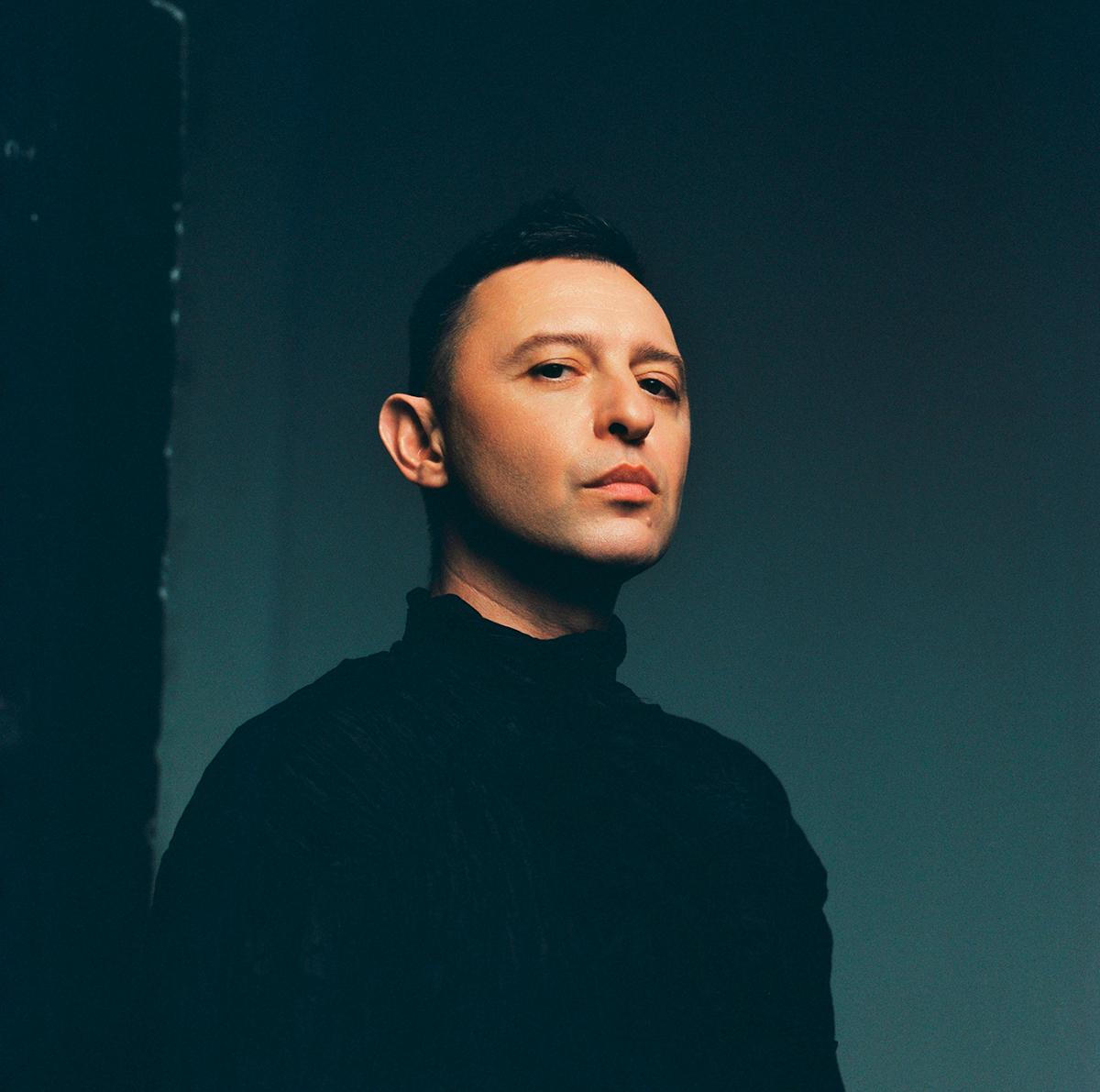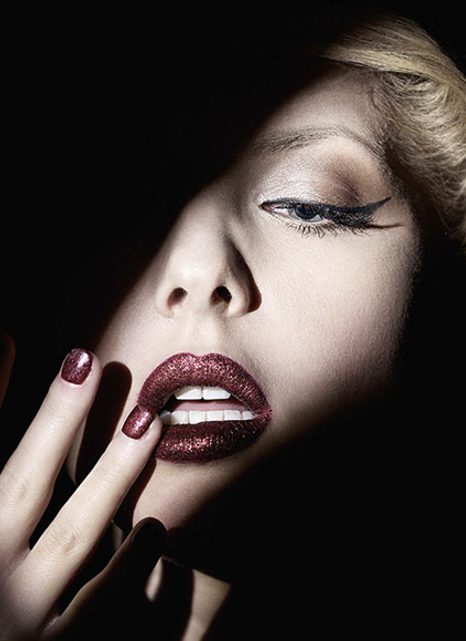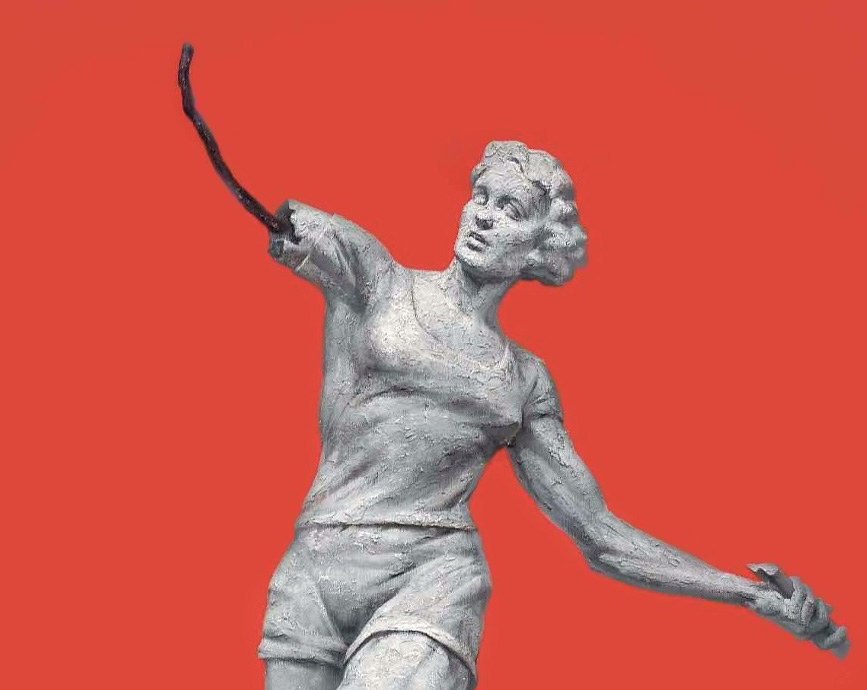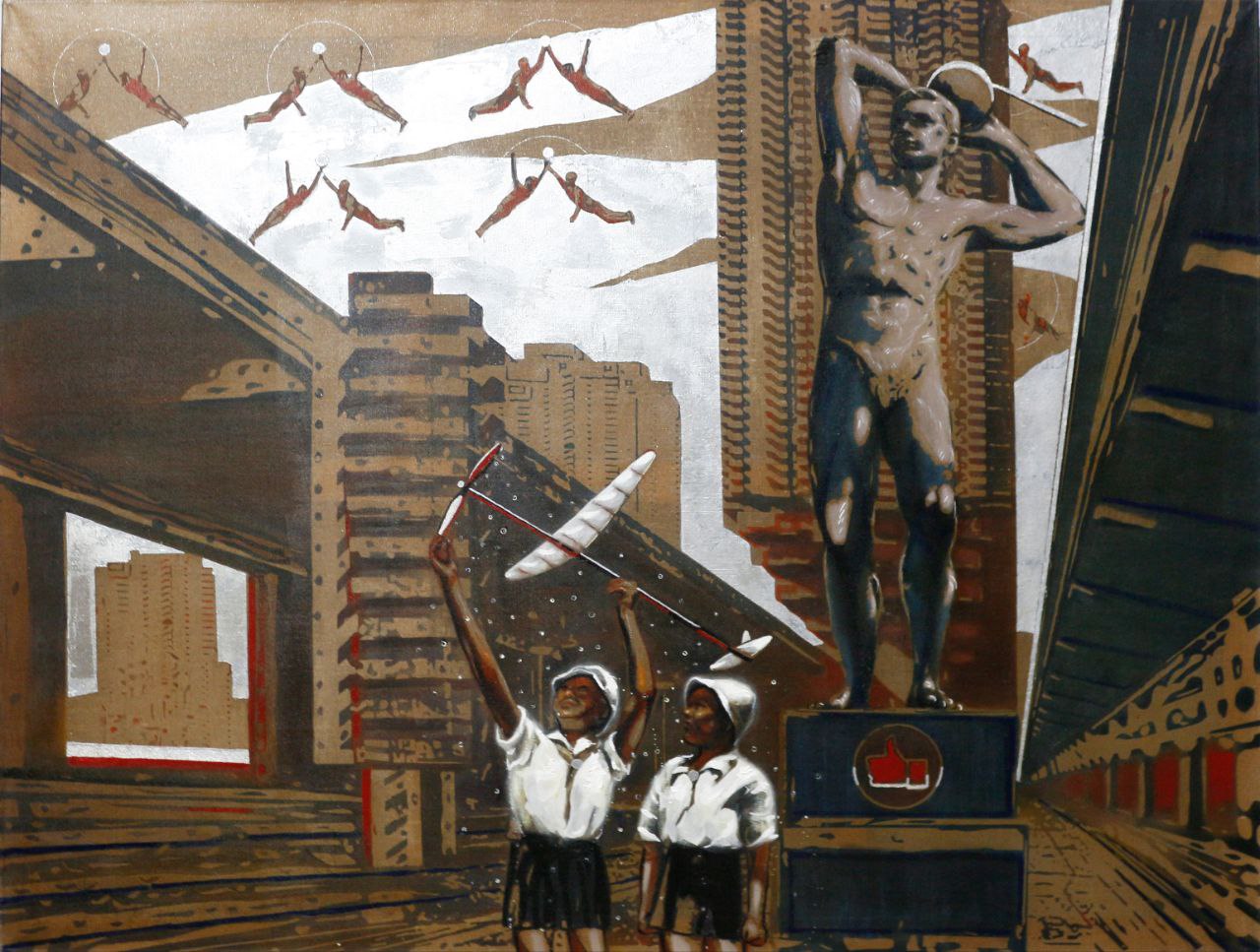Erarta Museum proudly presents an exhibition by the prominent french sculptor and photographer who captured the artistic and literary elite of the 20th century Paris
- Portraits of Pablo Picasso, Henri Matisse, Francis Picabia, Man Ray, Marcel Duchamp, and other legendary artists
- Pictures taken by a close friend rather than just a portrait photographer
- Photographs telling a vivid story of the École de Paris phenomenon
Michel Sima (real name Michał Smajewski) regarded himself primarily as a sculptor. Photography was more a hobby than a profession for Sima, yet it was photography that brought him international recognition. In the course of 10 years he portrayed artist friends such as Pablo Picasso, Henri Matisse, Francis Picabia, Ossip Zadkine, Alberto Giacometti, Jean Cocteau, Man Ray, Marcel Duchamp, André Derain, Le Corbusier, Marc Chagall, Joan Miró, and many others. His assumed name also stemmed from his friendship with artists. The idea of his pseudonym was an anagram first suggested by Paul Éluard: SIMA is AMIS ('fiends' in French) spelt backwards.
Michał Smajewski was born into a Jewish family in the small town of Slonim, southeast Poland (now Belarus), in 1912. At the age of 17 he persuaded his parents to send him to Paris, where he entered the Académie de la Grande Chaumière and began studying sculpture. After only one year at the academy he decided he would learn more by actually working with sculptors in their studios. This was a crucial decision, since his work with sculptors allowed him to meet and forge friendships with artists and writers. Sima was a student of Ossip Zadkine, one of the most eminent sculptors of the period. In Zadkine's studio he was noticed by Jean Cocteau. Through him Sima was introduced to Paul Éluard and Francis Picabia, soon becoming a frequent visitor to the latter's Sunday gatherings which attracted the cream of literary and artistic Paris.
It was at this point that Sima turned to photography. He produced photos of current events for press agencies and was occasionally commissioned for portrait pictures, but did not see himself as a photographer. Rather he identified himself as a sculptor, and sought to find a niche in the art world in that capacity. He shared his Paris studio on Impasse Ronsin with the artist René Besset. His neighbour was Constantin Brâncuși, with whom Sima also worked for a while. Before long he became friendly with Pablo Picasso and Max Ernst, leading lights of the Parisian art scene.
Paris was the focus of the art world in prewar Europe. During those years a unique phenomenon that became known as the École de Paris was evolving. Michel Sima was a fully fledged participant in the movement. He received commissions as a sculptor and took part in group exhibitions. Persecution of the Jews after the outbreak of war forced Sima to flee Paris and join Picabia at Golfe Juan in the unoccupied Zone Libre. But even there he was unable to escape arrest. In August 1942 the French authorities detained him and handed him to the Germans, who duly deported Sima to Auschwitz. After release from the concentration camp Sima returned to the Côte d'Azur, spiritually and physically broken, hoping to meet his old friends again. In Golfe Juan he was reunited with Picasso, who brought Sima back to life in the true sense of the world.
After the war Pablo Picasso had set up home in the Château Grimaldi at Antibes and begun work on ‘La Joie de Vivre’, proving to all that war could not destroy the human zest for life and anticipation of a positive future and creative freedom in the new world. Picasso proposed that Sima keep a day-by-day photographic record of the creative process for the painting. In the first few hours of the assignment Sima broadened his task, believing that the presence of the artist himself should not be excluded from the process, since a work of art lives only through the energy of its creator. The result was his album ‘Picasso à Antibes’ (1948), which fully corresponded to Sima’s concept that an artist and his oeuvre are one and the same.
For Sima photography acted not only as a lifeline and therapeutic means to restore his creative urge, but also determined the direction of his subsequent work: he thereby discovered his own style and theme. Over the next decade he became a photographer well known among artists.
In the early 1950s Sima returned to Paris and settled in the famous artists' colony known as La Ruche (The Beehive). The inhabitants included artists, sculptors, photographers, writers and poets. Sima loved this place, and his son was born in La Ruche in 1962 and grew up there. When the artists' colony had to be saved from demolition Sima was among the artists who personally called for preservation.
With great pleasure Sima began portraying his friends again, for almost all his prewar acquaintances had returned to Paris after the war. In just a few years he took portrait photographs of 60 artists as the École de Paris was gradually restored to life. He compiled a photo chronicle of this 'melting pot of arts' that has unparalleled significance as a historic document. In 1958 the publisher Nathan issued his photo album ‘21 Visages d’Artistes’, featuring portraits of Jean Cocteau, Francis Picabia, Ossip Zadkine, Alberto Giacometti, Hans Arp, Dora Maar, Fernand Léger, Max Ernst, Auguste Herbin, Wifredo Lam, Man Ray, Marcel Duchamp, André Derain, Kees van Dongen, Le Corbusier, Joan Miró and others. Michel Sima's photography shows the huge diversity of styles and movements that existed simultaneously in Paris, and the interaction between different generations of artists.
But Sima’s passion for photography faded when he first saw the photo album ‘21 Visages d’Artistes’. His disappointment at the poor quality print was immeasurable. Sima resolved that he would never publish a single photograph again and devoted himself to sculpture until his death in 1987.
Sima's career as a photographer had lasted just ten years. But in that decade his achievements were extraordinary.
Curators: Kuno Fischer, Alisa Labas.
Project presented by Kuno Fischer, Galerie Fischer, Switzerland.
Organised by Multimedia Art Museum (Moscow) and Erarta Museum of Contemporary Art


